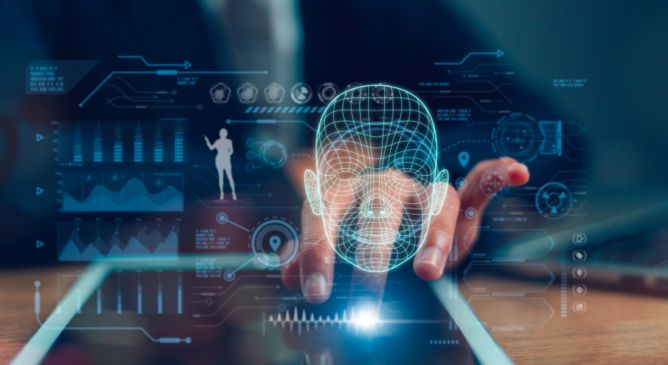October 31, 2024 at 04:02PM
In the lead-up to the 2024 U.S. Presidential election, AI-generated misinformation, including deepfakes, threatens electoral integrity. State actors and cybercriminals exploit synthetic media for disruption, slander, and extortion. Effective detection tools and public awareness are critical, as fake content can have persistent emotional impacts even after debunking.
### Meeting Takeaways
1. **Rise of AI-Generated Misinformation**:
– The final month leading to the U.S. Presidential election has seen a surge in AI-generated misinformation, primarily via deepfakes.
– Both partisans and state actors are responsible for the dissemination of this misinformation.
2. **Deepfakes as Cyber Weapons**:
– Deepfakes are increasingly being used for misinformation, slander, and extortion in the context of upcoming elections.
– These threats are predicted to escalate as the quality of AI-generated media improves.
3. **Challenges in Detection and Response**:
– Deepfakes are quick to spread and difficult to detect; even when debunked, their impact tends to persist.
– An informed public is crucial, but authorities also require effective AI-detection tools to combat misinformation.
4. **State Actor Involvement**:
– Executives from the University of Southern California’s Election Cybersecurity Initiative highlighted various state actors (e.g., Iran, China, Russia) engaged in disrupting the electoral process through misinformation.
– These efforts are described as “asymmetrical warfare” targeting less skilled defenders with professional attackers.
5. **Post-Election Threats**:
– Concerns were raised about potential post-election deepfakes that could undermine public trust in election results, a situation termed as a potential “November surprise.”
6. **Case Study: Hurricane Helene Deepfakes**:
– Deepfake images created following Hurricane Helene, including ones depicting Donald Trump, gained significant traction on social media despite being quickly debunked.
– Emotional reactions to these images can have lasting political effects, raising concerns about the influence of such media regardless of their authenticity.
### Conclusion
Effective measures need to be developed to counter AI-generated misinformation, focusing on both public awareness and the development of reliable detection tools. The threat from state actors and cybercriminals remains significant, warranting ongoing attention and proactive strategies.
